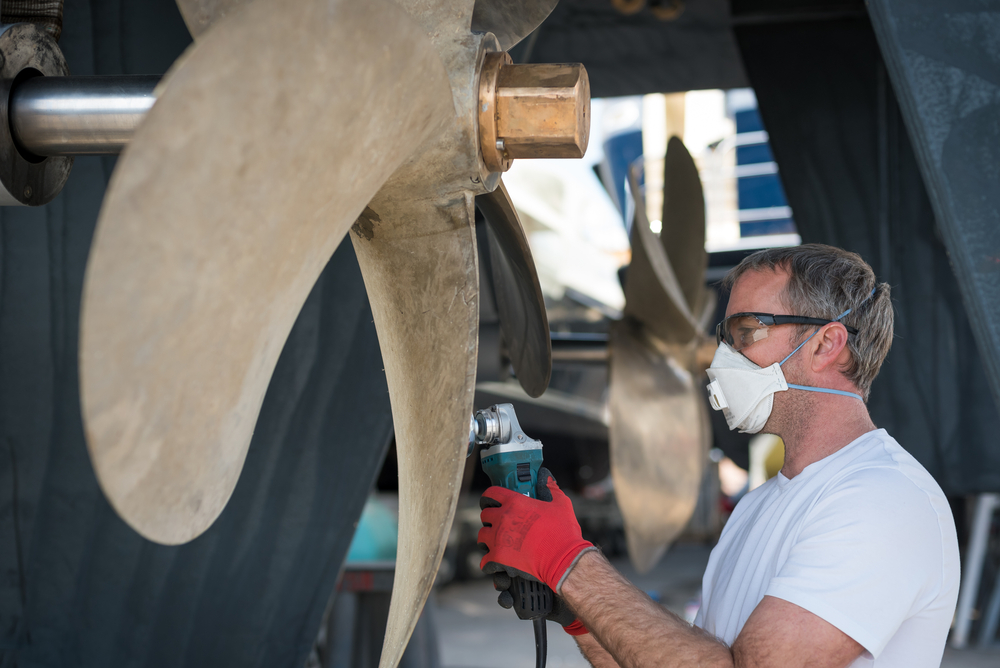We recently published a guide to creating and implanting shoplifting policies and procedures for your retail business.
In this post we will share some additional practical tips to help you reduce shoplifting from your store.
How to Reduce Shoplifting In Store
Perform Regular Stock Checks
Regular stock checks will help you understand the scale of shoplifting in your store. They may also help you to identify which products in your store thieves are most likely to target. If you understand this, then you will know where to prioritise your anti-theft measures.
Consider Your Store Layout
- Place the till as close to the door as possible. This way, no potential thieves will be able to enter or leave the store unobserved.
- Keep your layout as simple and straightforward as possible. This will eliminate any blindspots where thieves could operate.
- Make sure any high value items, or any items that you think thieves are most likely to target, are within sight of the main till.
- You could also install security mirrors to let your staff see as much of the store as possible without leaving the till area.
Security Features
- Get CCTV coverage for your store’s front entrance, for the till area, for your stock rooms, and for any areas where you store or display high value items.
- Place signs notifying visitors that you have CCTV in place. This can help deter opportunistic thieves.
- Consider installing facial recognition software, which could help you identify repeat offenders, and take appropriate action.
- Consider placing your most valuable stock in locked cabinets, or behind the till. This way, customers will have to ask staff directly to view them.
- Use electronic article surveillance (EAS) tags, and other anti-theft devices, which can deter potential thieves while also alerting you immediately to any attempted theft.
Staff Interactions and Customer Service
Your staff are your first line of defence against shoplifters. They can help identify and report instances of shoplifting, and they may even be able to prevent certain thefts from taking place. Staff safety should remain a priority, though. You should never expect your staff to expose themselves to any unnecessary risk.
Members of staff could use customer service techniques to deter thieves. If they notice a customer acting suspiciously, they could approach them and ask if they can be of any assistance. This will let the potential thief know that their actions have been noted, which might make them reconsider the theft.
Think about your staffing levels, too. Thieves often take advantage of busy periods, as they know that when the majority of staff are busy, their crimes will go unobserved. It is also common for thieves to work in pairs, with one distracting your staff while the other lifts items, out of sight. So, take note of your busy times and schedule shifts accordingly. And if possible, try to ensure that nobody ever has to work a shift alone.
Get The Right Insurance For Your Retail Store
Specialist retail shop insurance can help protect your store from many of the risks you face. A comprehensive policy may not prevent shoplifting, but it can give you the cover you need to bounce back from any major disruptions or disasters.
James Hallam is an independent Lloyd’s broker with a dedicated team of experienced insurance professionals who care about protecting your store. We can help you get specialist retail shop insurance, which can help your business bounce back from any significant losses.












